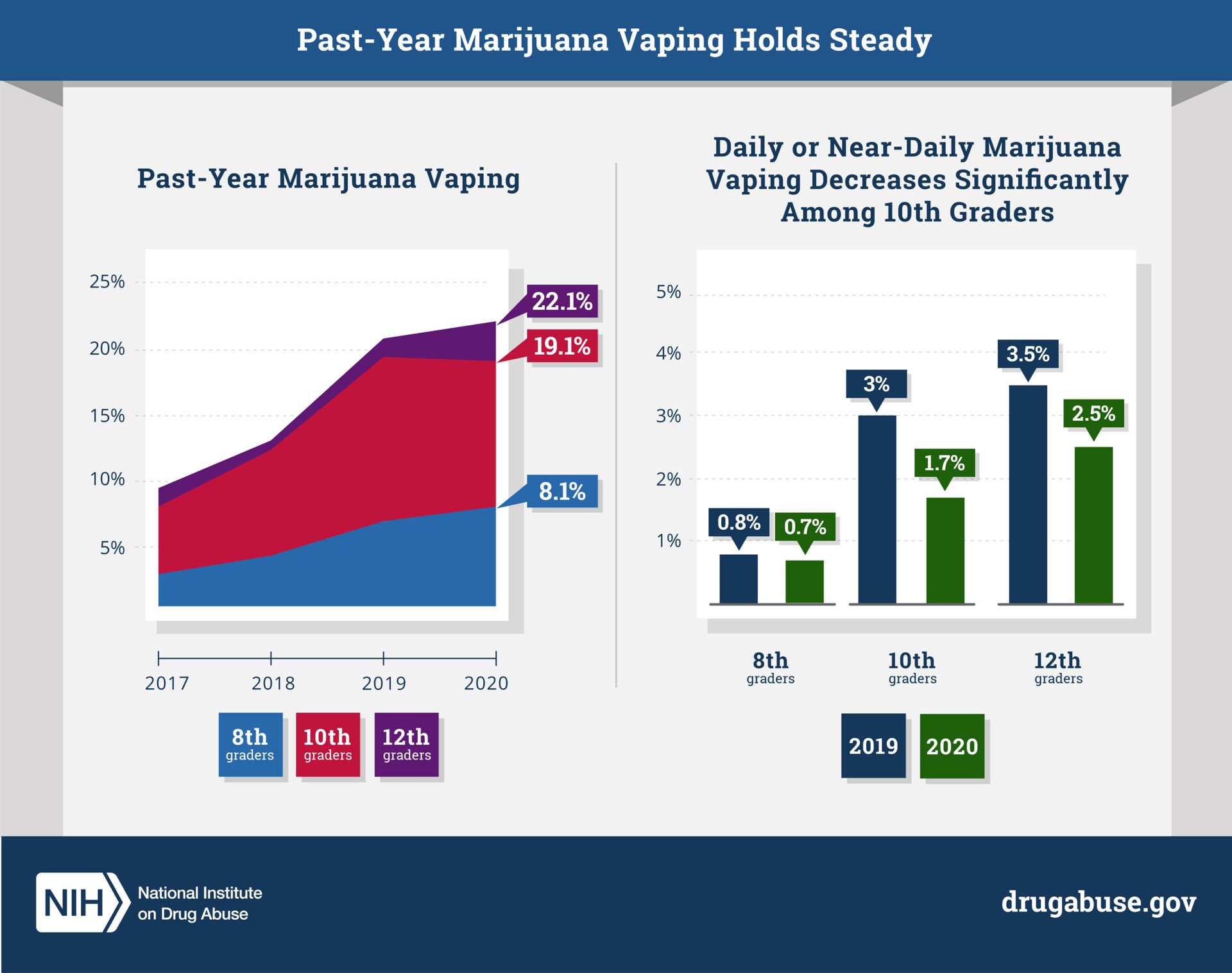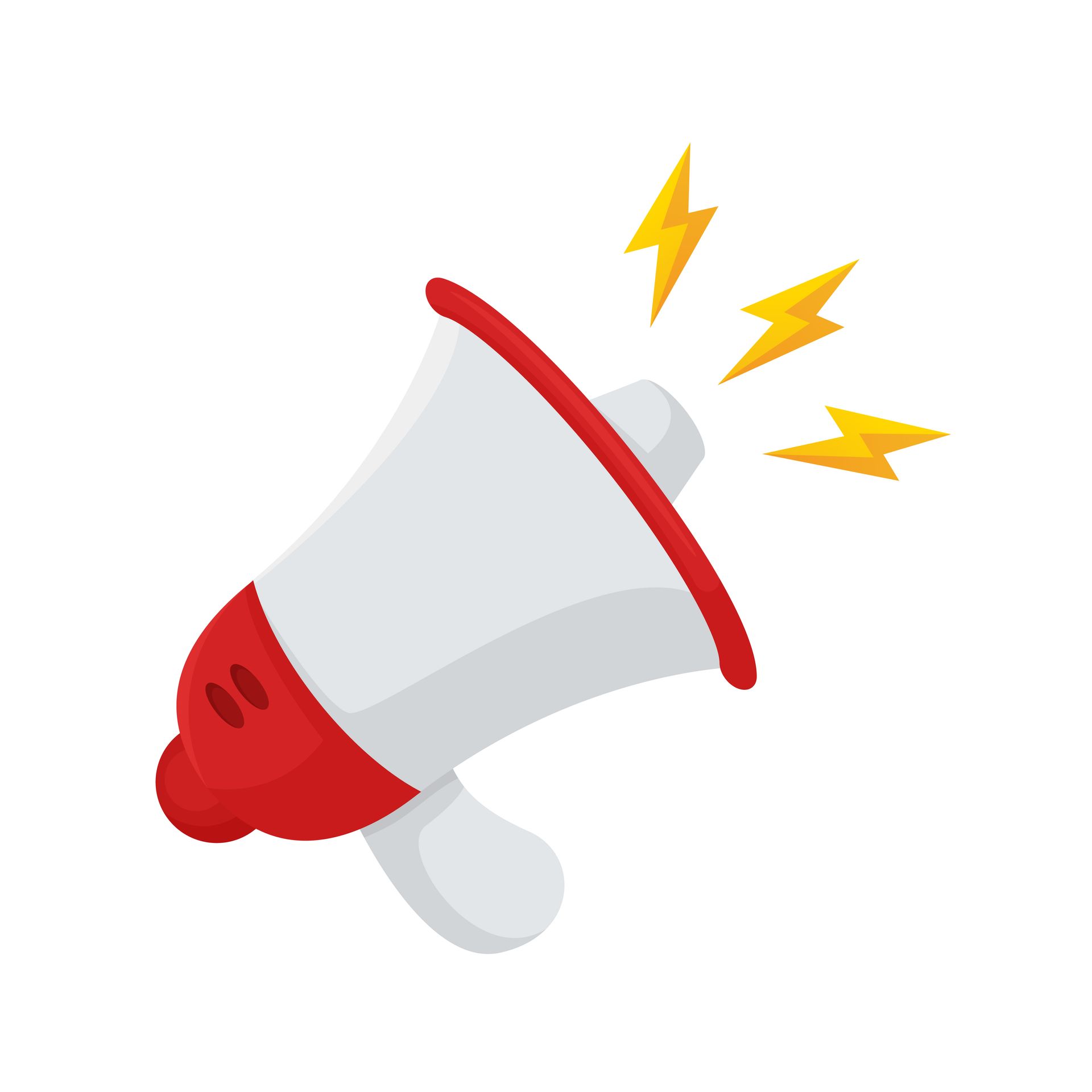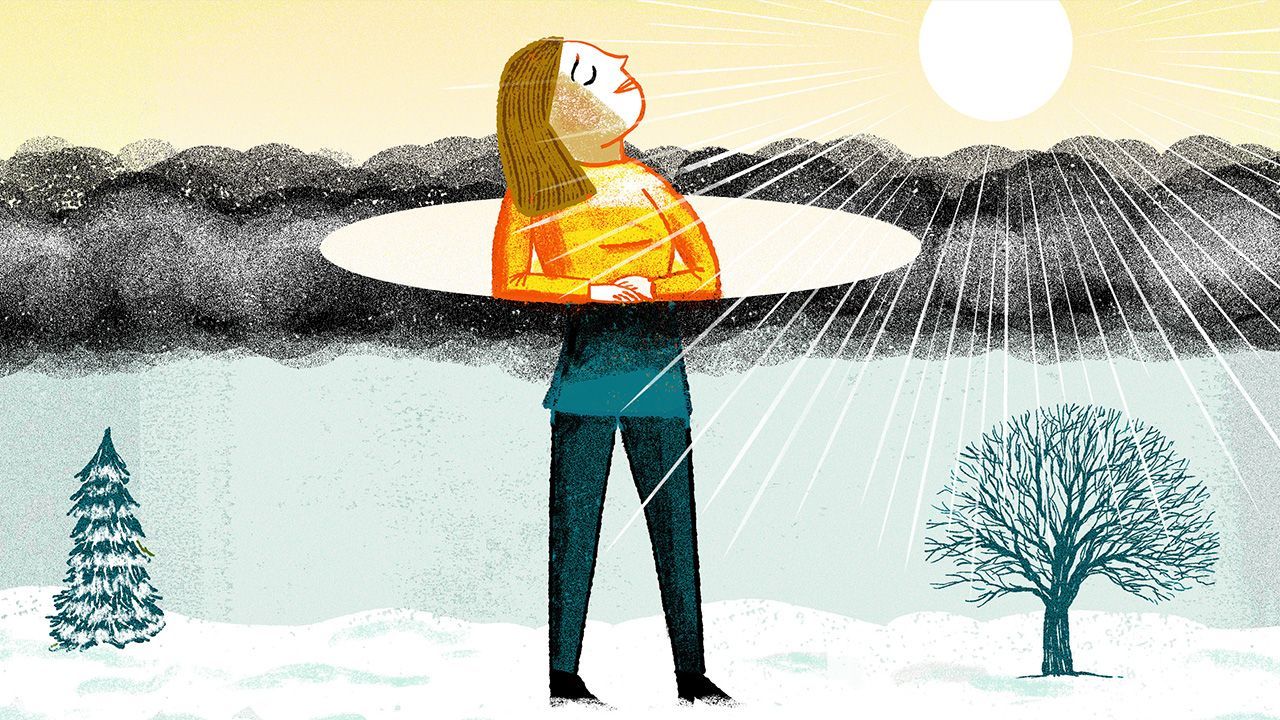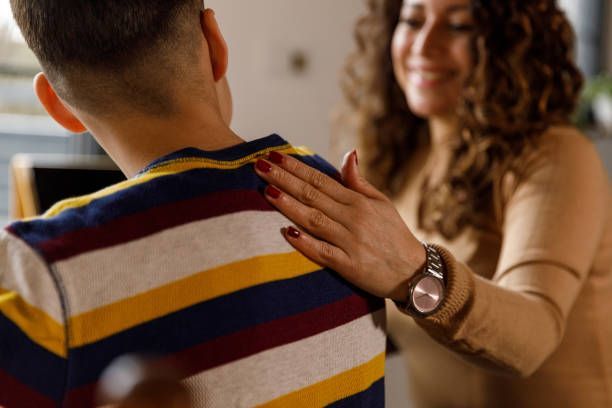Last summer, *The Coalition to Regulate Marijuana Like Alcohol launched an effort to legalize marijuana use in Ohio for adults only. The proposed law, “Legalizes and regulates the cultivation, manufacture, testing and sale of marijuana and marijuana products to adults aged 21 and up. Legalizes home grow for adults aged 21 or older with a limit of six plants per person and 12 plants per household.” The proposal narrowly missed the deadline and will likely be on the ballot in 2023. Marijuana laws are changing at a rapid pace in all 50 states, it can be hard to keep up, even with the terminology.

TERMS TO KNOW
The following terms are used to identify marijuana legal status in the states:
Legalized - the production and sale of either recreational or medical marijuana and marijuana-infused products
Decriminalized – no longer a crime to possess small amounts of marijuana
Medical - marijuana that is available only by prescription and is used to treat a variety of medical conditions
Ohio is a medical marijuana and decriminalized state. In an effort to understand and perhaps prepare for future changes, I spoke with Dr. Brad Conner, director of addiction counseling at Colorado State University.
Dr. Conner had just presented at a national addictions conference on the current trends of marijuana use in Colorado. Having just attended the Cannabis Summit from The Ohio State University’s School of Social Work last month myself, I found one of the seminars on marijuana use in Colorado fascinating. I was eager to grill Dr. Conner on the new-found data.
We spent much of the 60-minute discussion talking about working with adolescents. Dr. Conner did not debate whether it should or shouldn’t be legalized but rather offered strategies to help youth manage the current times. His perspective might align with the current proposed legislation to treat marijuana as we would alcohol. First of all, it’s still illegal for youth under age 21 to consume marijuana. Period. Harsher laws and punishments would help youth understand that it is not okay to use underage. Teens like to debate the age to use claiming that it’s not as bad as alcohol and should therefore be permitted at a younger age. **An article published in the Journal of Psychopharmacology, June 2022 reports on the outcome of a study on cannabis use with adolescents. Results show that adolescents who use marijuana 1-7 days a week (mean=4) were more likely to be diagnosed with Cannabis Use Disorder than adult users. Adolescents also showed more psychotic symptoms than adult users.
Dr. Conner and I spent time exchanging strategies we use to work with adolescents that use marijuana. His approach is a little different than mine since marijuana is legal. The overall strategy we both agreed on was to teach kids how to use responsibly. This includes following the law to not use until 21, use in moderation and to always be safe. The approach is similar to managing alcohol. If the State of Ohio legalizes marijuana for recreational use in the future, we should be diligent to role model responsible use so that teens become adults that can handle the substances available to them.

*The Coalition to Regulate Marijuana Like Alcohol was formed to encourage legislators to end cannabis prohibition in Ohio and establish a system in which cannabis is regulated and taxed similarly to alcohol. For more information, visit www.justlikealcohol.com
If you have a young person in your life that is struggling with substance use, please consider contacting Dr. Karita Nussbaum at C&A’s Belden office at 330.433.6075 for an assessment.
This blog post concludes our two-part series on marijuana usage and if usage has increased since some states have legalized marijuana.
Karita Nussbaum , PhD, LISW, LICDC has more than 30 years of experience working in the field of behavioral health, over 10 are with substance use. She is currently the Program Manager for the
Gemini Program which serves both mental health and substance use disorders at
Child & Adolescent Behavioral Health.
RECENT POSTS












